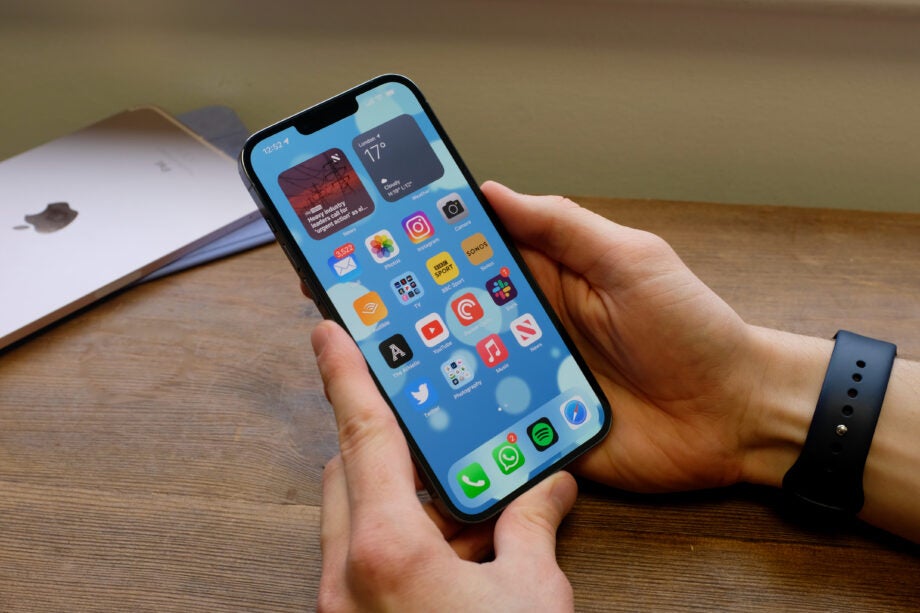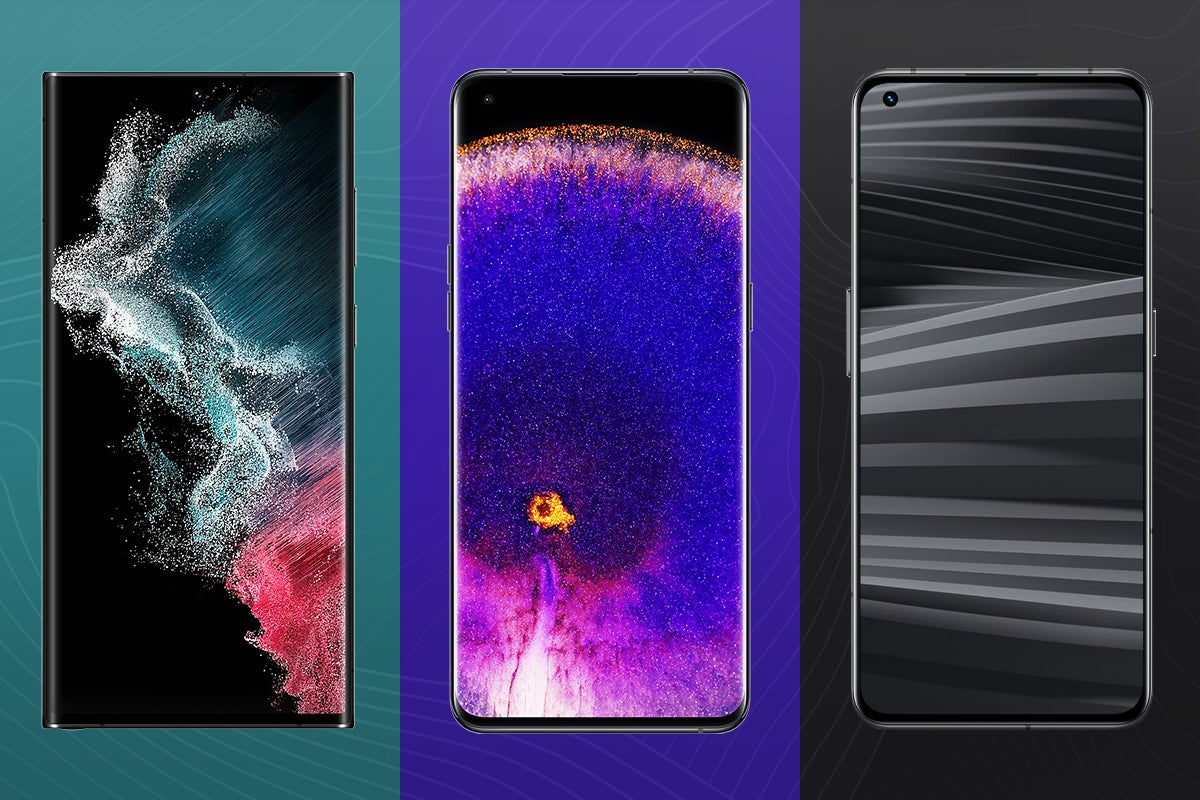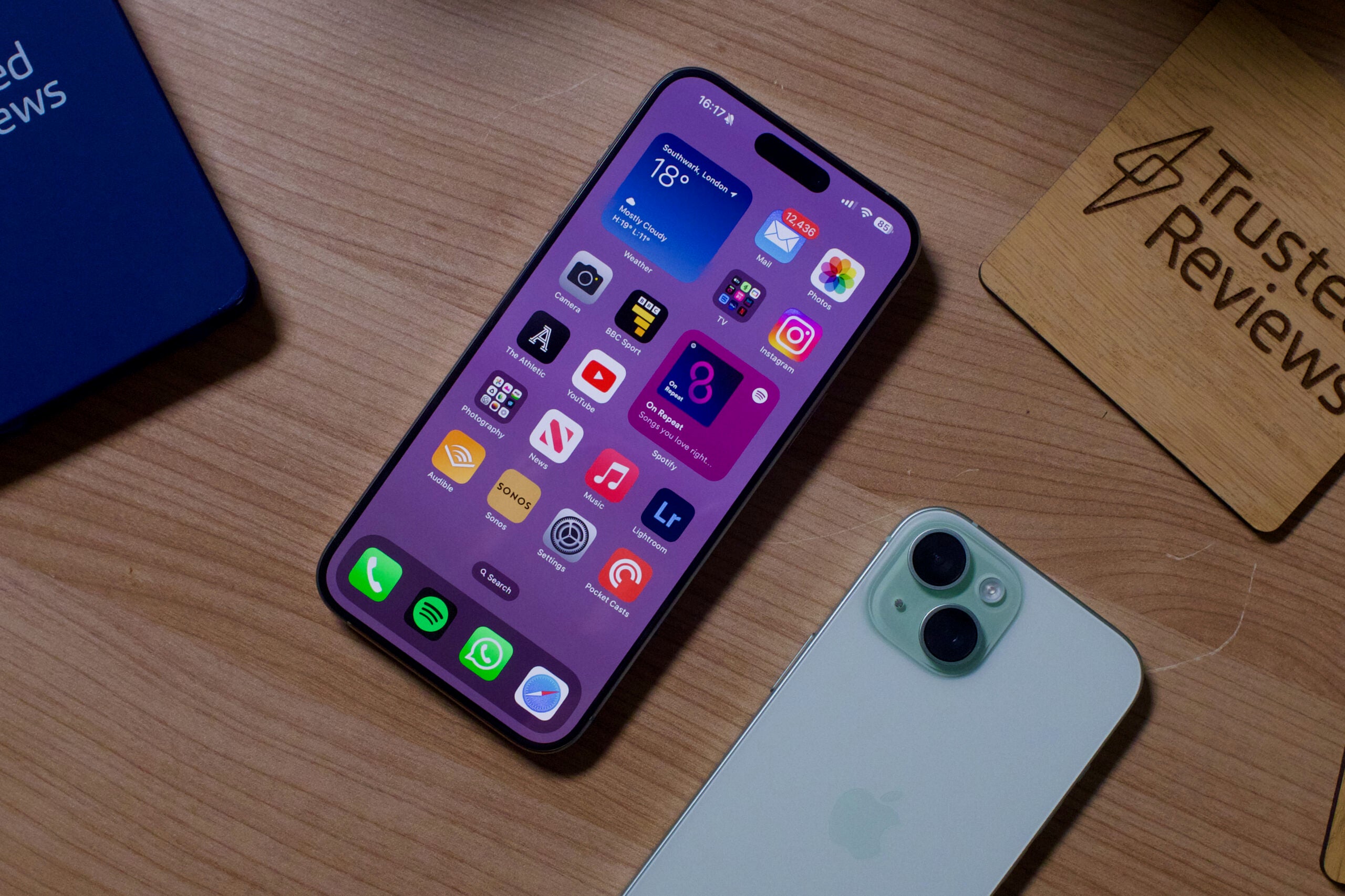Google’s claim of iMessage ‘green bubble bullying’ is disingenuous and opportunistic

OPINION: Google’s facile accusation that Apple’s iMessage encourages ‘green bubble bullying’ is disingenuous and attempts to excuse years of its own messaging failures.
Google says the way iMessage colour-segregates messages from iPhone and Android users leads to bullying. There’s no doubting that this so-called ‘green bubble bullying’ is a thing. I’m not in with the teens, but I’ve seen it first hand among adults. However, placing the blame squarely at Apple’s door is a bit rich, in my view.
The tweets embedded below from the official Android account and a leading Google executive came in response to a Wall Street Journal report on iMessage dominance, and point the finger at the green and blue bubbles used to identify the web-based iMessages (blue) and old-fashioned cellular messages (green) from Android users.
The WSJ report claims “teens dread the green text bubble” and says the iPhone maker has “cultivated iMessage as a must-have texting tool for teens.” The report says some teens are bullied for not having iPhones as a result. Google made sure to jump on the report, with Senior Vice President Hiroshi Lockheimer saying this is a deliberate strategy Apple uses to pressure kids (or more often parents) into buying iPhones.
The official Android account retweeted that sentiment, adding “iMessage should not benefit from bullying” and calls for the situation to be fixed, complete with a pair green and blue ‘heart’ emojis. Isn’t that sweet?
It’s interesting Google should take this approach. Apple would probably argue the green and blue bubbles are a just a familiar tool to indicate whether messages have been sent via data-based iMessage (between its own stable of devices) or via cellular text message.
Sometimes, when iMessage isn’t functioning as it should, it’s useful to see whether a message has been sent as a text. When an iMessage fails, the option to send as a text is a useful one. It helps to see that green bubble. The distinction actually came into play when most users had a monthly text message they had to stick to also, so it was useful on another front too.
iMessages also have other advantages over texts, such as delivery/read reports and richer multimedia tools and reactions that aren’t possible via text messages. Google has tried to fix this with the RCS standard, through it’s own Messages app for Android, but hasn’t done a noteworthy job.
Which brings us to the next point. Google has dawdled for years in creating a proper messaging service that people actually enjoy using. Its multiple efforts have either been abandoned or faded into insignificance. Remember Hangouts? Google Chat? Google Plus? Allo? Google is only just figuring out how it can offset both party’s annoyances of actually having Android users in group chats.
It seems revisionist for Google to blame the fact that Apple simply built a much better messaging app with features that users actually enjoy using and wish to stay loyal to. Where was its suitable alternative? Ever?
There have been many calls for Apple to bring iMessage to Android, but why should it? Why should it bail Google out for its years of inefficient, undermanned, quickly-abandoned messaging apps? Apple is still a hardware company. Why should it share a homemade software feature that inspires loyalty among its user base?
Of course, if it is being used to shame younger users then this is an issue that should be addressed, but Google is being opportunistic and duplicitous here. After all, it’s pretty difficult to make a convincing stance on bullying when the YouTube comments section remains one of the most toxic places on the entire web, which the company fails miserably to clean up.
If there is a solution here that offsets some of this green bubble bullying then it would be welcome, but Google’s sentiments reek of self interest and attempt to excuse years of failures to produce a compelling, functional messaging app that can rival iMessage.




